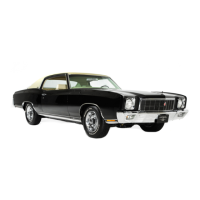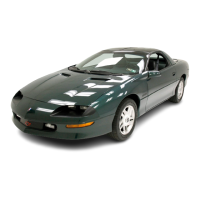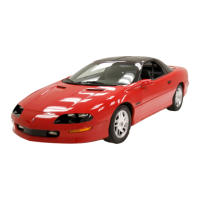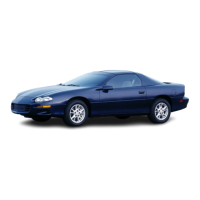Cleaning Fabrics with
Cleaning Fluid
This type of cleaner should be
used for cleaning stains containing
grease, oil
or
fats. Excess stain
should be gently scraped off with
a clean dull knife
or
scraper. Use
very little cleaner, light pressure,
and
clean cloths (preferably cheese
cloths). Cleaning action with cloth
should be from outside of stain to-
wards center and constantly chang-
ing to a clean section of cloth.
When stain
is
cleaned from fabric,
immediately wipe area briskly with
a clean absorbent towel
or
cheese
cloth to help dry area and prevent
a cleaning ring.
If
ring forms, im-
mediately clean entire area
or
panel
section of the trim assembly.
NOTE:
Sometimes a difficult spot
may require a second application
of cleaning fluid followed immedi-
ately by a soft brush to completely
remove the spot.
Cleaning Fabrics with
Detergent Foam
Cleaners
This type of cleaner is excellent
for cleaning general soilage from
fabrics and for cleaning a panel sec-
tion where a minor cleaning ring
may be left from spot cleaning.
Vacuum area to remove excess
loose dirt. Always clean at least a
full trim panel
or
section of trim.
Mask adjacent trim along stitch
or
weld lines. Mix detergent type foam
cleaners in strict accordance with
directions
on
label of container.
Use foam only on a clean sponge
or
48
soft bristle brush - Do
not
wet
fabric excessively or rub harshly
with
brush.
Wipe
clean
with
a
slightly damp absorbent towel
or
cloth. Immediately after cleaning
fabric, dry fabric with a dry towel
or
hair dryer. Rewipe fabric with
dry absorbent towel
or
cloth to re-
store the luster of the trim and to
eliminate any dried residue.
Removal of Specific Stains
Candy
-
Chocolate,
use
cloth
soaked in lukewarm water; other
than chocolate, use very hot water.
Dry.
If
necessary, clean lightly with
fabric cleaning fluid.
Chewing
Gum-Harden
gum with
ice cube and scrape off with dull
knife. Moisten with fabric cleaning
fluid
and
scrape again.
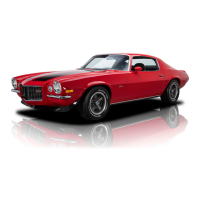
